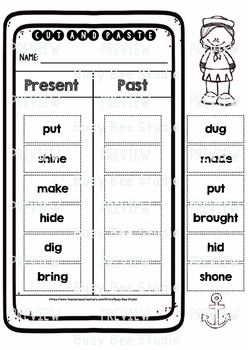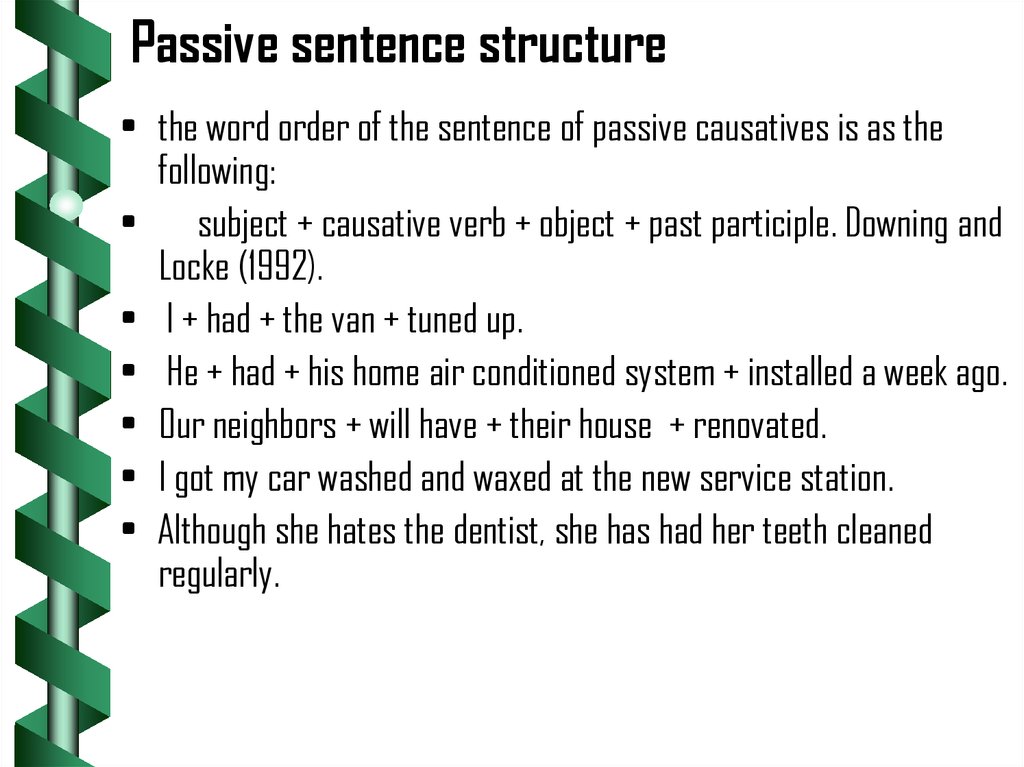
Knowing the various verb forms is a good starting point for learning all these complicated rules and exceptions. With others, they are all different (e.g., drink, I drank, I had drunk). With other verbs, the base form, past form, and past participle form are the same (e.g., set, I set, I had set). Cut Past Simple, Simple Past Tense of Cut Past Participle, V1 V2 V3 Form Of Cut Please, cut the potatoes. Learning the verb forms (including the past form) is useful when studying English because it allows teachers and students to talk about the components that form the various tenses.įor example, with some verbs, the past form and the past participle form are the same (e.g., I played, I had played). The past participle form does not have an alternative name. third person singular present tense form.The table below shows the five verb forms in English. Ver la traducción en contexto para cut y su definición. Past form is completely different from the base from Conjugación verbo cut inglés: present, past tense, past perfect, present perfect, future.

Past form has a vowel change from the base form Here are some more examples of past forms of irregular verbs:

lead (pronounced LEED)> led (pronounced LED).read (pronounced REED) > read (pronounced RED).Here are some common irregular verbs with tricky past forms: Past Form of Irregular Verbs Irregular verbs form their past forms in a number of ways. Read more about the spelling rules for creating the past forms of regular verbs.

(double the last consonant if the verb ends and is end stressed) Cut: Past Tense: Cut: Past Participle: Cut: Present Participle: Cutting: English Related Links. Here are some more examples of past forms of regular verbs: There are some spelling rules to consider too. By changing their forms, often with suffixes and auxiliary. Past Form of Regular Verbs Regular verbs form their past forms by adding -ed or -d. Conjugation or inflection of verbs is the collection of different forms of verbs. It depends on whether the verb is regular or irregular. There is no simple rule for creating the past form (i.e., the simple past tense) of a verb. The past form is not the same as the past tense, although many people use the terms interchangeably. (also called the Present Participle Form) (also called the Third Person Singular Present Tense Form) Let's look at all five forms of the verb "to catch": The past form is one of five verb forms in English. The past form is the form used to show the simple past tense. What Is the Past Form of a Verb? (with Examples) Why the Past Form of a Verb Is Important.Have you forgotten your password? (past participle).It is a sweet simple supplement that helps kids practice past, present, and future tense verbs.This includes:Three Poems to introduce the Preset, Past and Future TensePresent vs Past Tense (adding -ed)Present vs. You forget your password? (present tense) This includes 5 different cut n sort sheets as well as several write the word in the correct tense worksheets.Janine and Jessica have caught fish in the river.Janine and Jessica caught fish in the river.Janine and Jessica catch fish in the river.Read the examples below to see how many irregular verbs you know. But unlike regular verbs, seeing the progression between tenses isn’t always easy to predict. Just as with regular verbs, irregular verbs are best understood in the context of a sentence. But for irregular verbs, the rules don’t exactly reply. Once you know the rules for regular verbs, you’ll be able to conjugate them into all sorts of tenses. Notice how they follow the three rules listed above. Each example sentence below demonstrates the present tense, past tense and future tense of the same word.

A great way to understand verb conjugation is to read them in the context of a sentence.


 0 kommentar(er)
0 kommentar(er)
